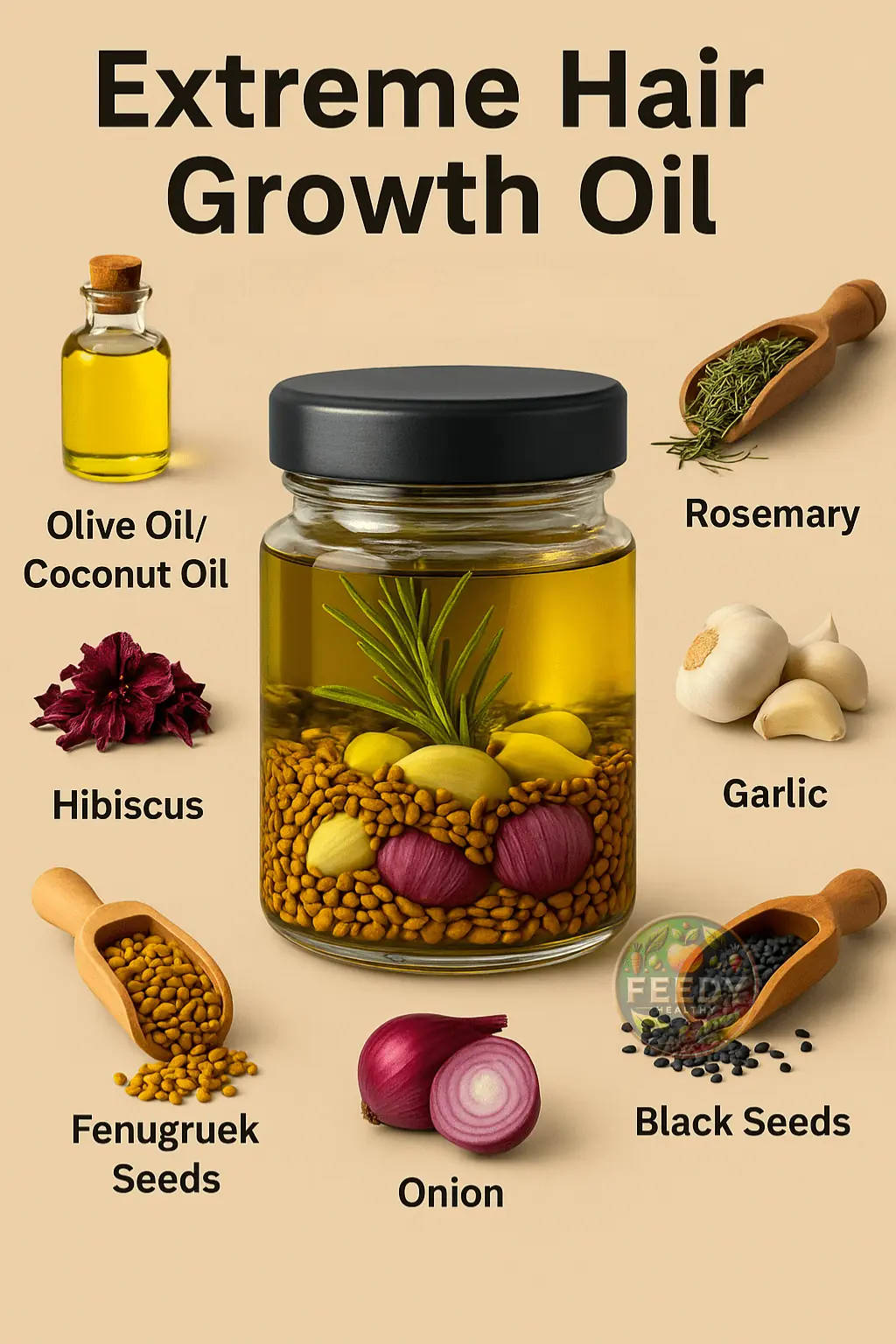
The Hidden Dangers of Vaping: Why “Popcorn Lung” Is a Serious Concern

Vaping is often marketed as a safer alternative to smoking—but emerging evidence shows that it carries its own set of serious health risks. Among the most alarming is a permanent lung condition called bronchiolitis obliterans, more commonly known as “popcorn lung.”
According to Professor Donal O’Shea, a chemistry expert at RCSI University of Medicine and Health Sciences, this condition causes irreversible damage to the lungs, narrowing the smallest airways and leading to chronic coughing, wheezing, breathlessness, and fatigue.
Where Did the Term “Popcorn Lung” Come From?
The nickname “popcorn lung” dates back to the early 2000s, when workers at a microwave popcorn factory developed severe lung problems. The common factor? Exposure to diacetyl, a buttery-flavored chemical used in popcorn production. When inhaled, diacetyl proved to be highly toxic to lung tissue.
Now, a similar concern is emerging in the world of flavored e-cigarettes. Many vape liquids also contain diacetyl, and when this compound is aerosolized during vaping, it becomes a dangerous inhalant.
Real Consequences for Young People
The risks are not just theoretical. A 17-year-old was recently diagnosed with popcorn lung after just three years of consistent vaping—highlighting how this condition can affect young, otherwise healthy individuals.
Professor O’Shea emphasizes that prevention is the only true defense, stating:
“There’s no cure for popcorn lung. Once the lungs are damaged, treatment options are limited to managing symptoms—often with bronchodilators, steroids, or, in severe cases, a lung transplant.”
More Than Just Diacetyl
Worryingly, diacetyl isn’t the only threat found in e-cigarettes.
Other toxic compounds—including formaldehyde and acetaldehyde, both volatile carbonyls—are also present and can harm the respiratory system when inhaled.
What makes vaping even riskier is the sheer variety of chemicals involved.
O’Shea notes:
“There are over 180 different flavoring agents used in e-cigarette products. When heated, these substances can break down into new chemical compounds—many of which have never been tested for inhalation safety.”
The Bottom Line: Vaping Is Not Harmless
While vaping may be perceived as a trendy or less harmful alternative to smoking, the science is clear: it exposes the lungs to a complex cocktail of chemicals, some of which can cause permanent, life-altering damage.
With no cure for popcorn lung and limited treatment options, the best way to protect your lungs is simple—don’t start. Prevention, not treatment, remains the strongest line of defense.
News in the same category


2-Ingredient Banana Bread (No Oven, No Kneading!)
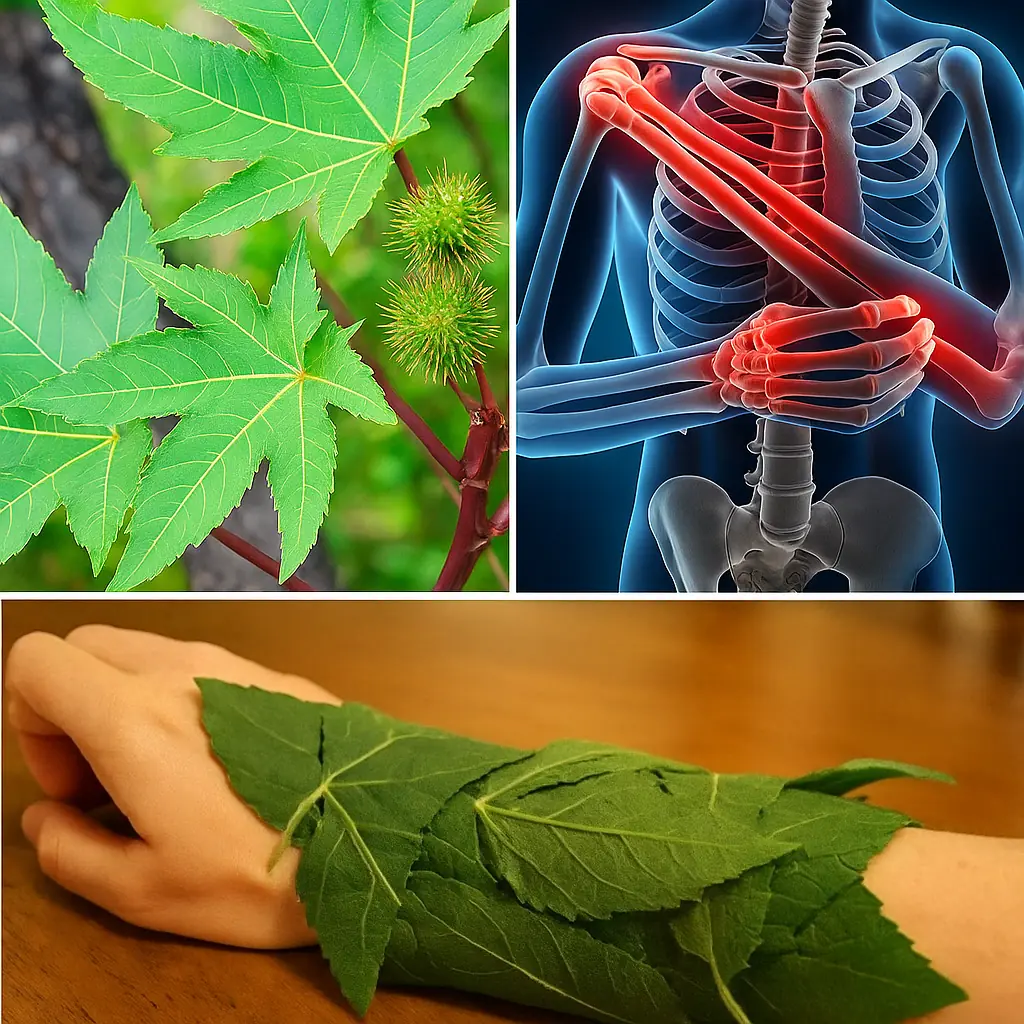
Powerful Benefits of Castor Leaves You Probably Didn’t Know About
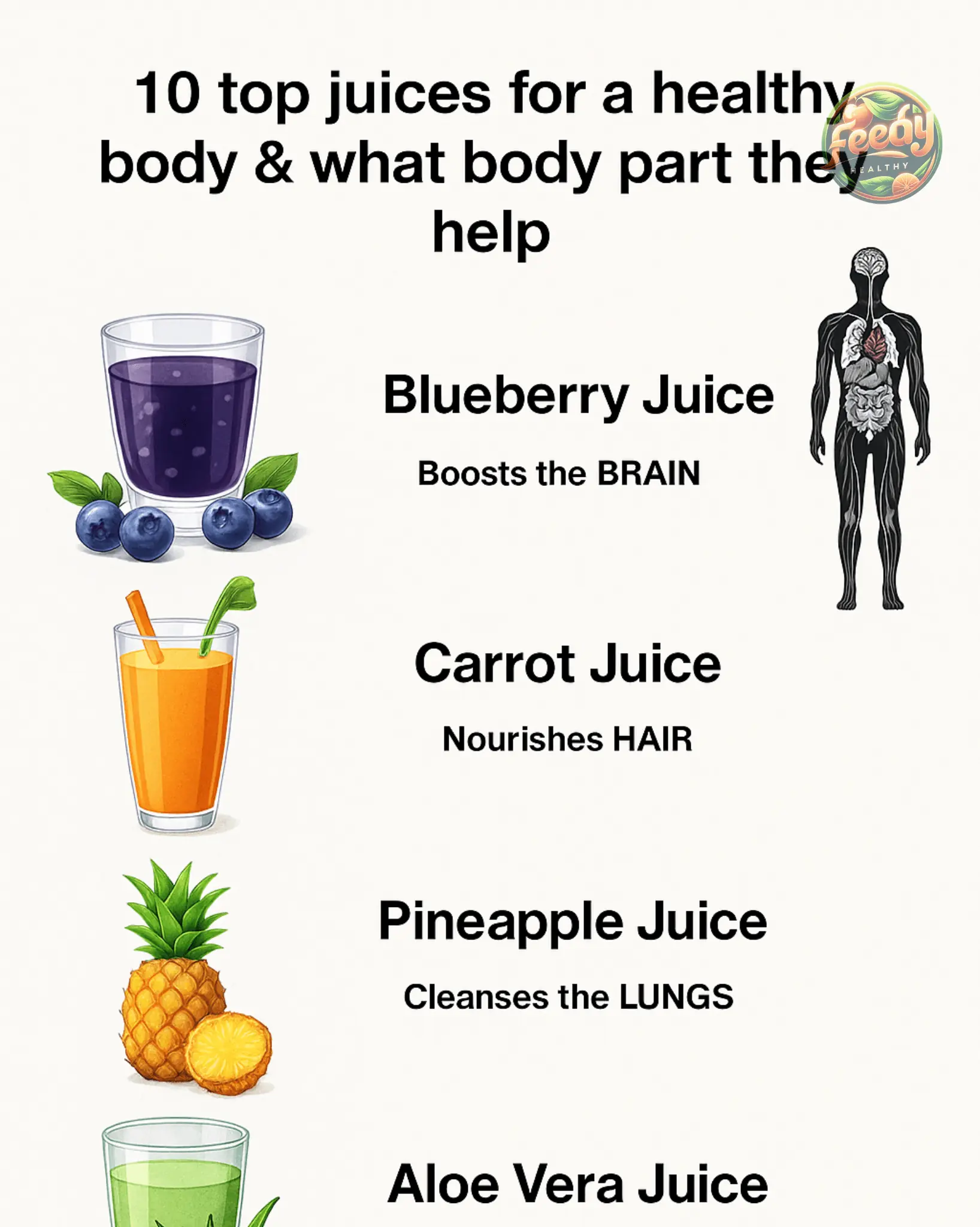
10 top juices for a healthy body & what body part they help
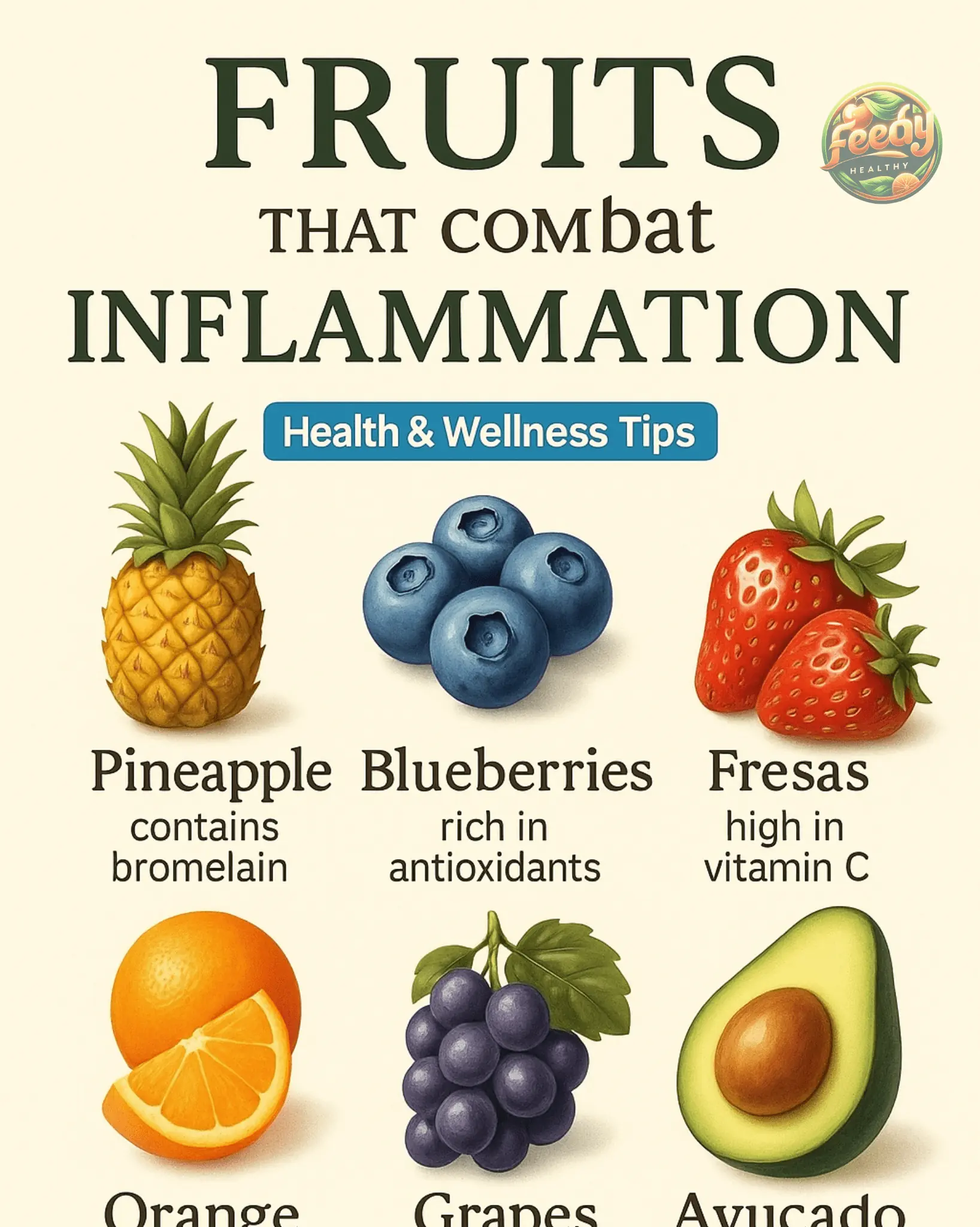
FRUITS THAT FIGHT INFLAMMATION
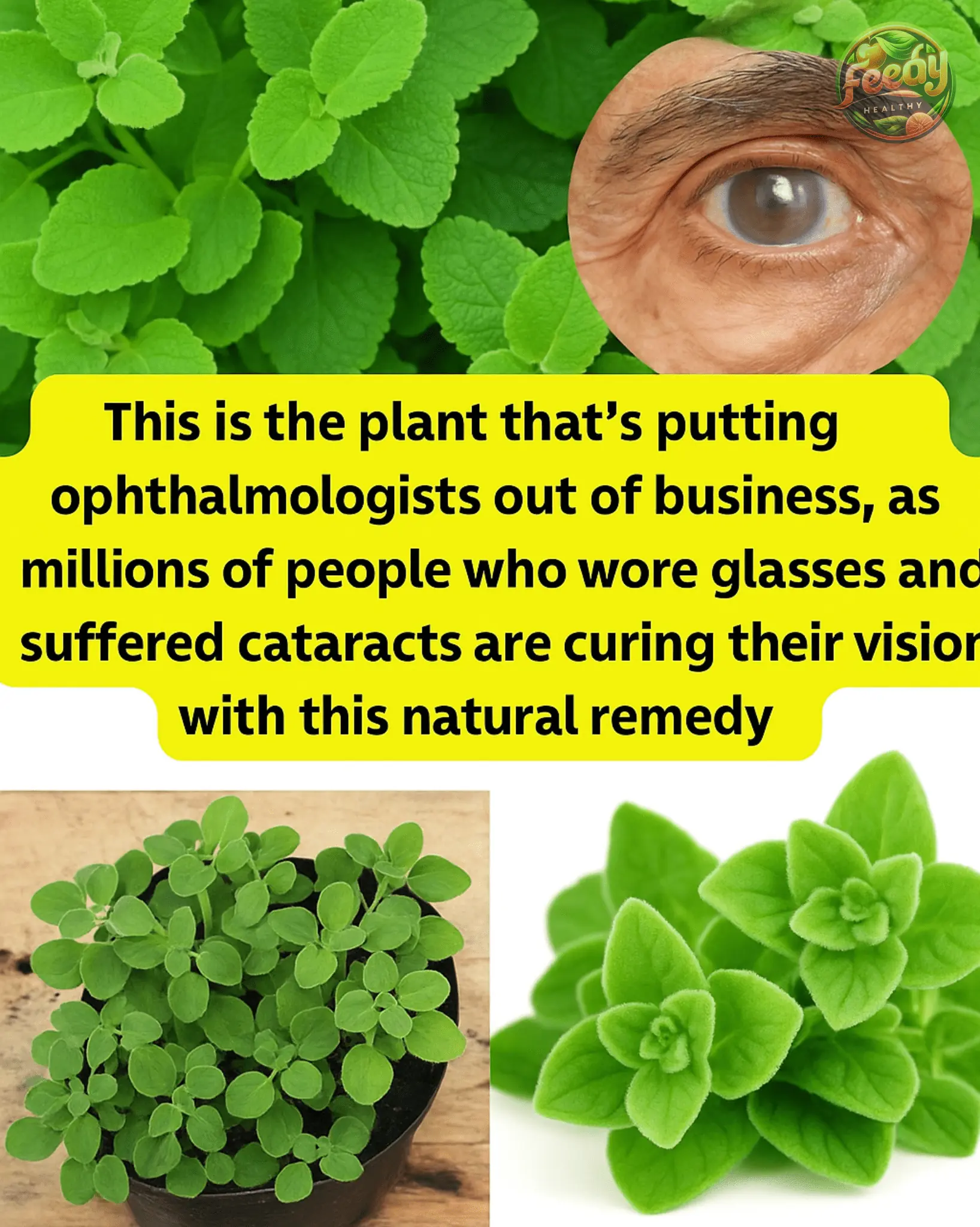
Orejón Oregano for Vision Health

Unlocking the Vision-Boosting Power of Uchuva (Goldenberry)

Almond, Banana, Avocado, and Honey Smoothie: A Powerhouse of Natural Nutrition

DISCOVER THE PROVITAMIN CONTAINED IN GUAVA LEAVES

Mint, Lemon & Ginger Juice: A Refreshing and Detoxifying Drink

The Powerful Tea of Avocado Seed, Cinnamon & Turmeric: Wellness in Every Sip

🍋 Peppermint and Lime Juice – A Refreshing Natural Remedy
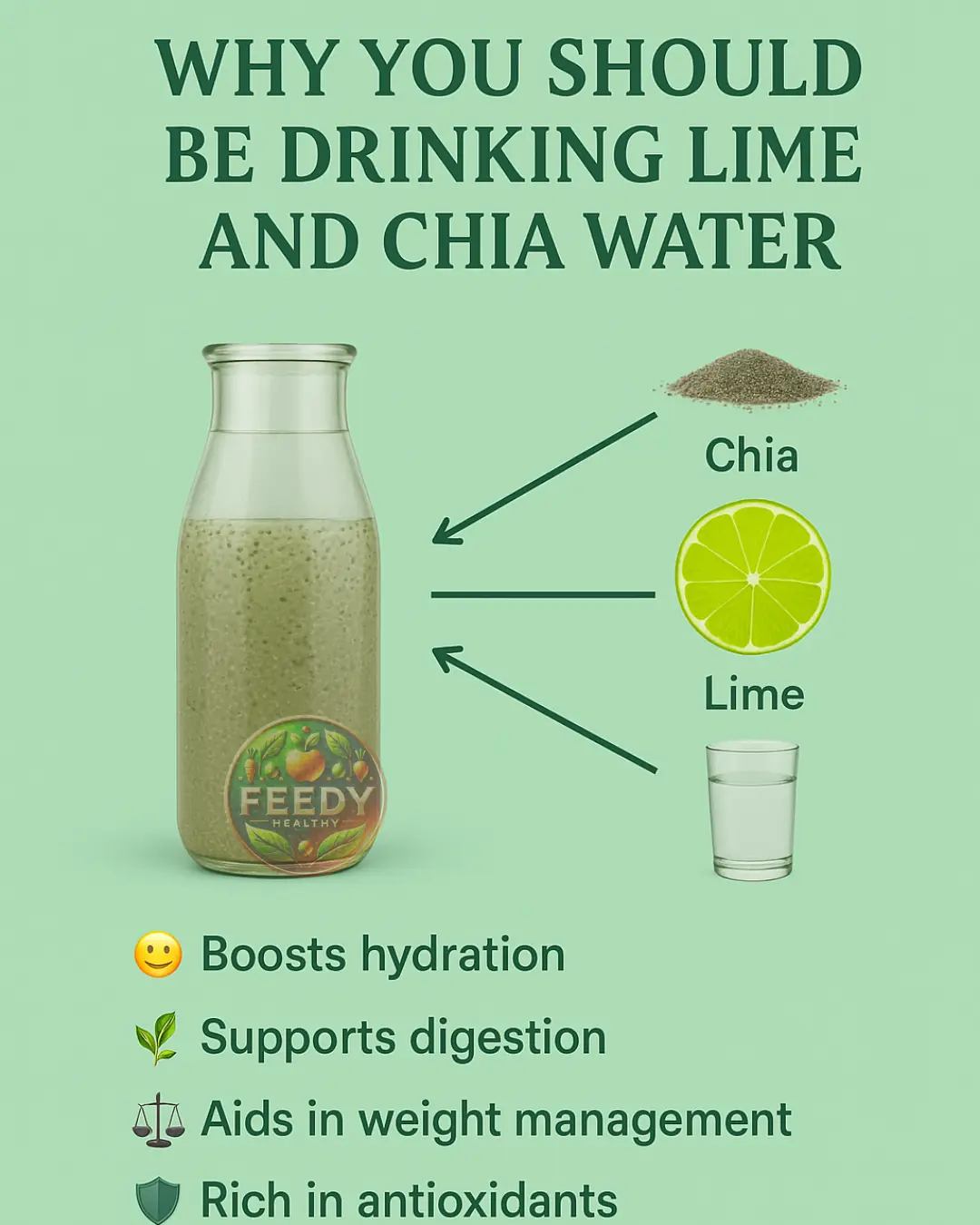
Why You Should Be Drinking Lime and Chia Water

I Was Losing My Vision at 65—Until I Discovered This Simple Drink!
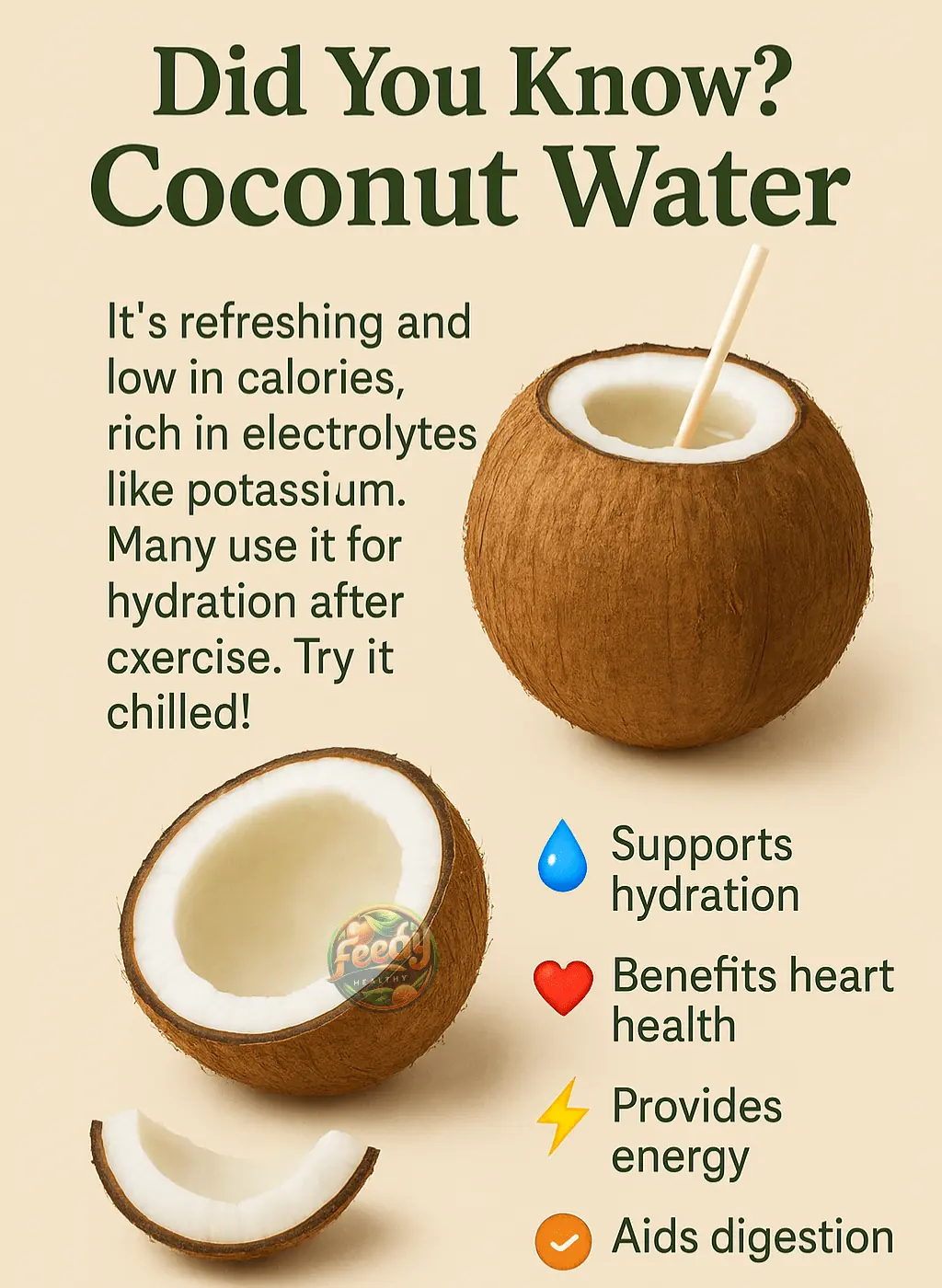
COCONUT WATER – The Tropical Drink That Has It All 🌴💧
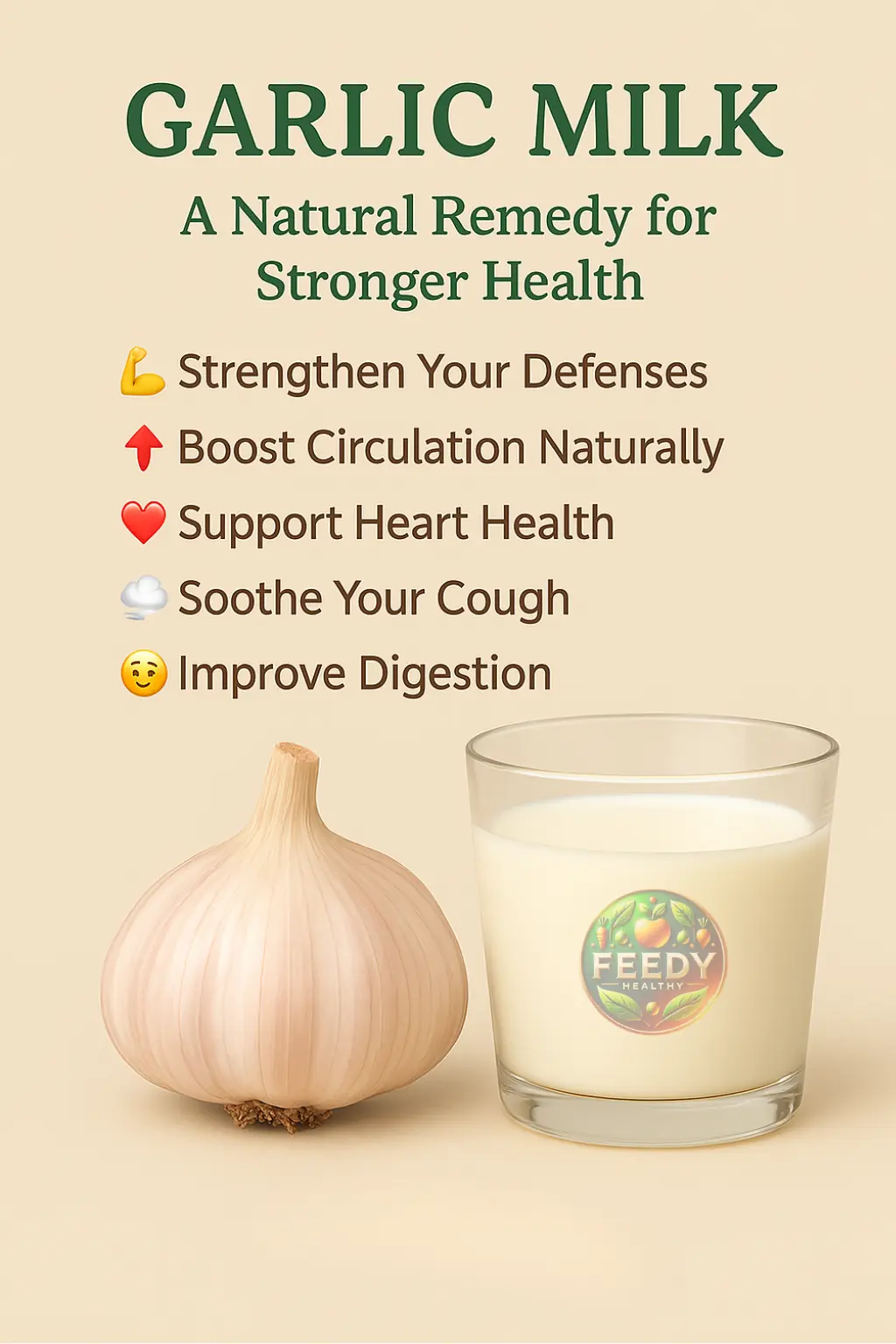
GARLIC MILK: A Natural Remedy for Stronger Health

🌿 Benefits of Bay Leaf and Cinnamon Tea
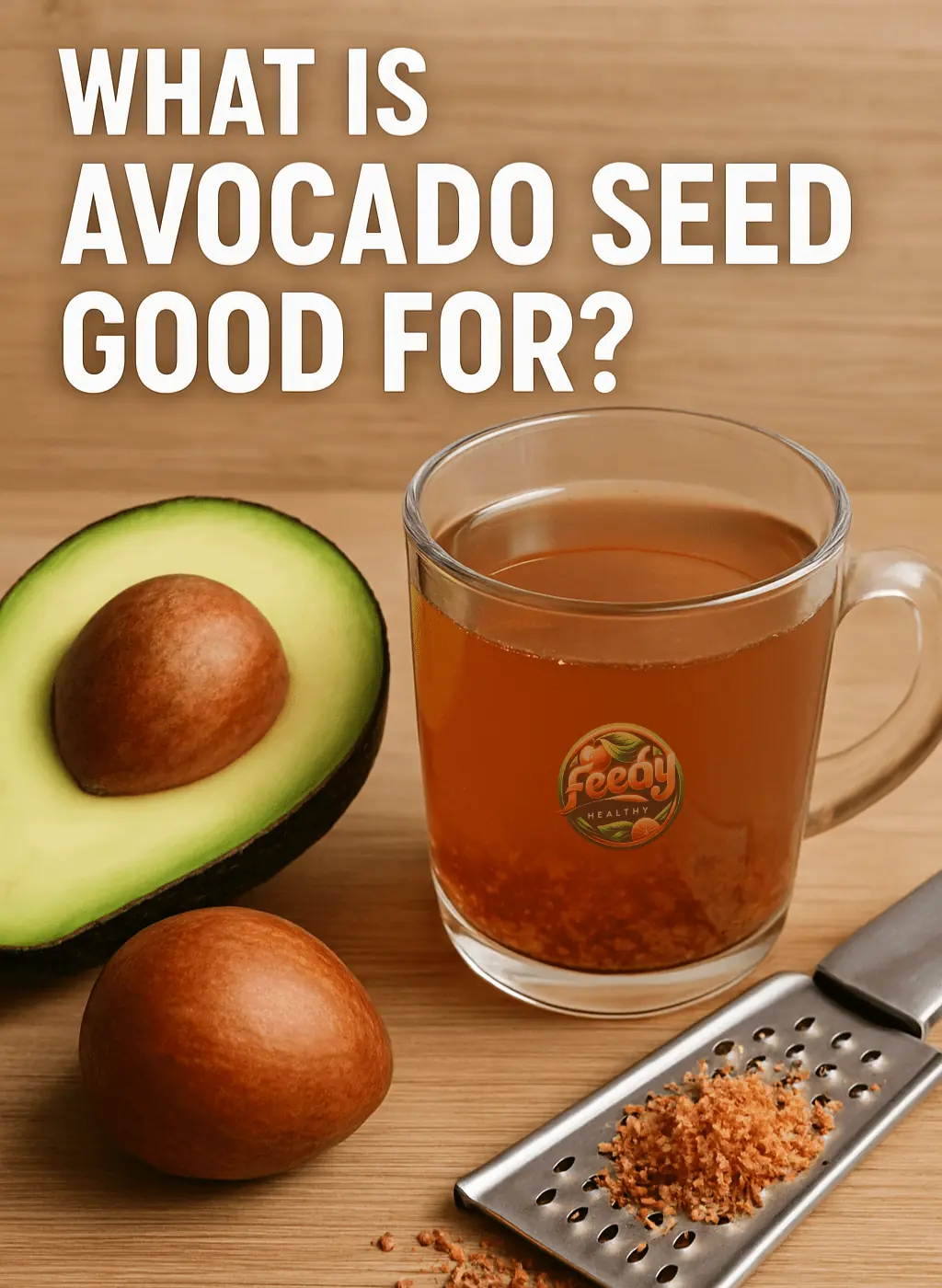
What Is Avocado Seed Good For?

Reduce Knee & Joint Pain with this Anti-Inflammatory Drink
News Post
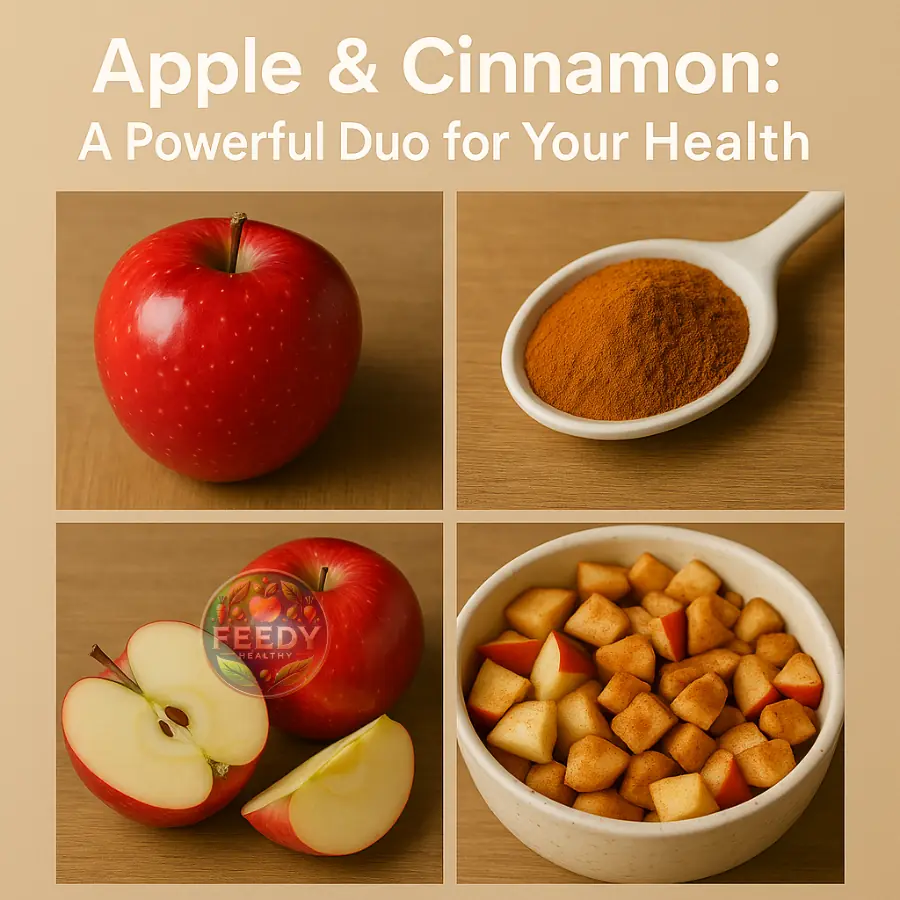
Apple and Cinnamon: A Dynamic Duo for Your Health 🍏🔥

OFFICERS PULLED ME OVER—BUT INSTEAD OF A TICKET, THEY DID SOMETHING I NEVER EXPECTED
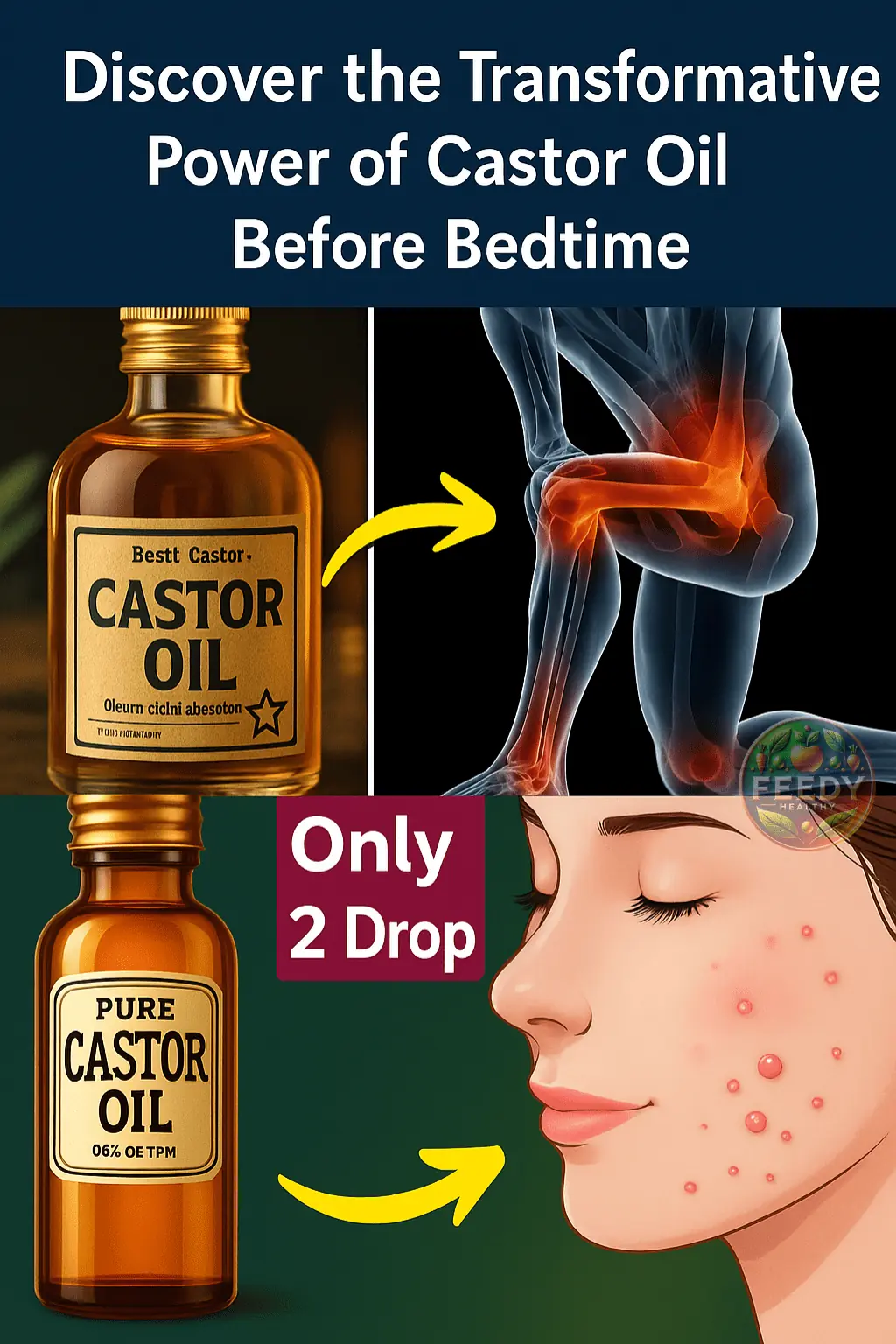
Discover the Transformative Power of Castor Oil Before Bedtime

WE THREW OUR K9 HIS 8TH BIRTHDAY—BUT MIDWAY THROUGH, HE LED US TO SOMETHING WE NEVER EXPECTED

The Natural Drink That Clears Phlegm from Your Lungs, Soothes Dry Cough, Sinusitis, Bronchitis, and Sore Throat

7 Powerful Benefits of Kalanchoe You Probably Didn’t Know
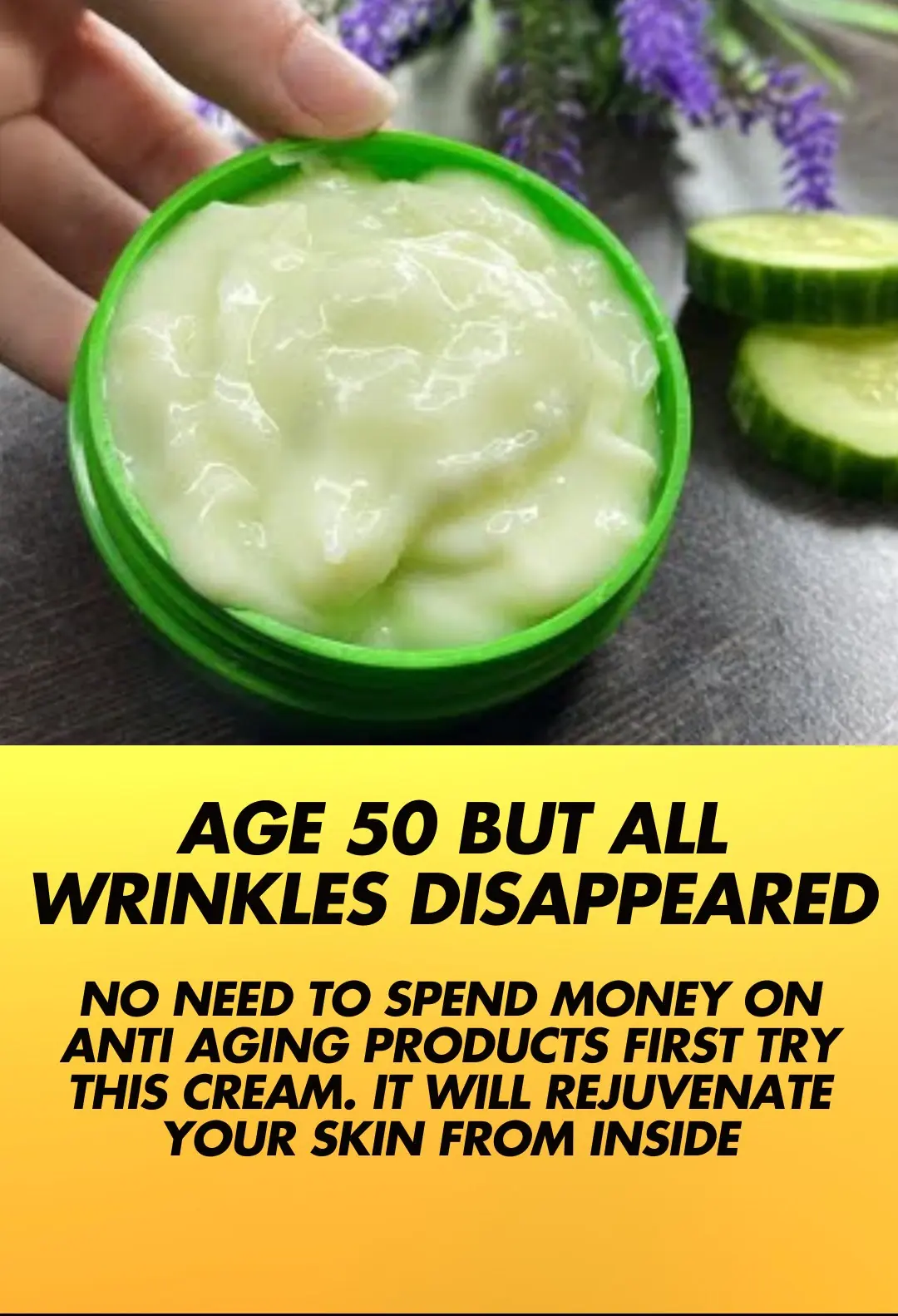
Cucumber, Nature’s Best Anti Aging Solution
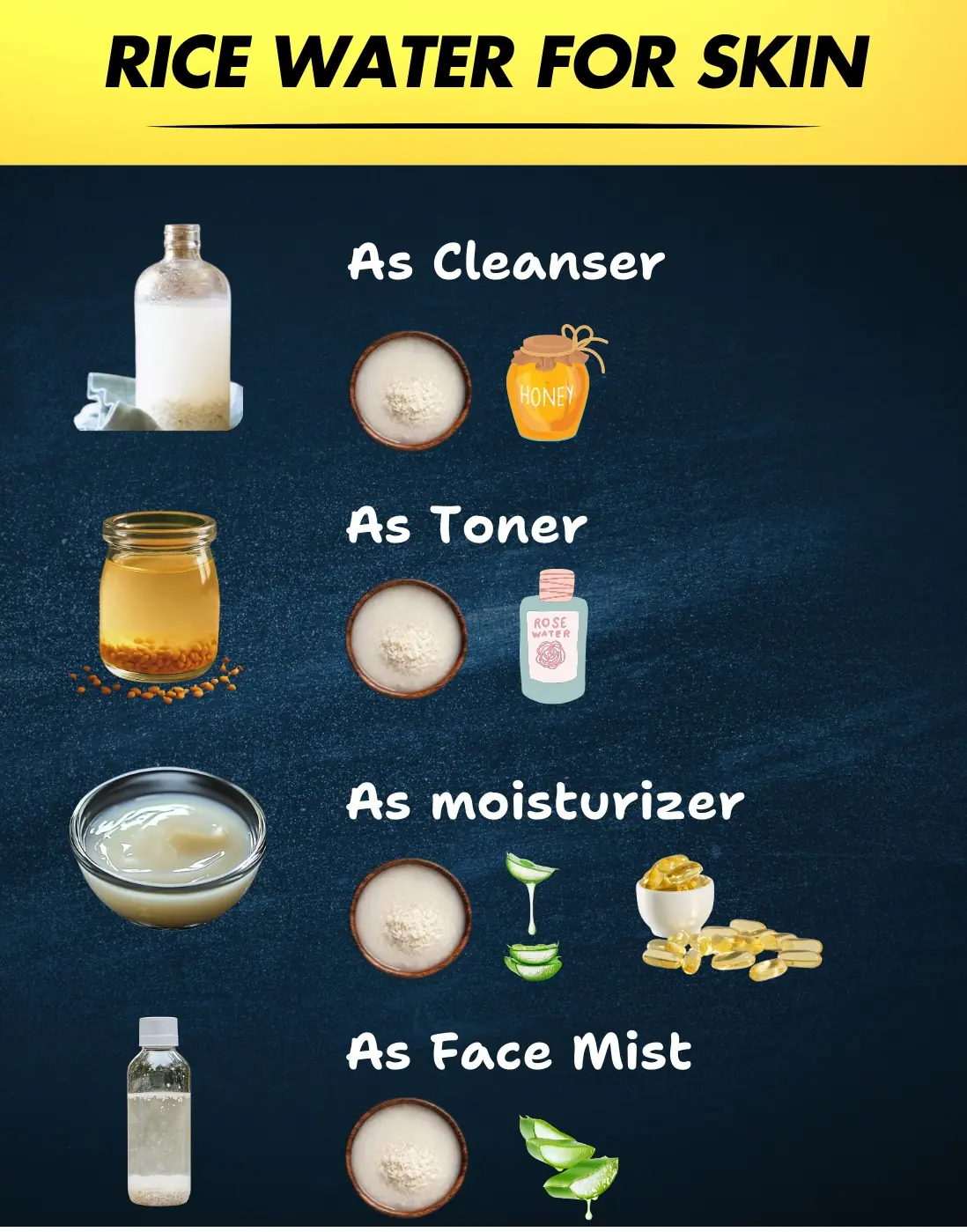
Unlock the power of rice water
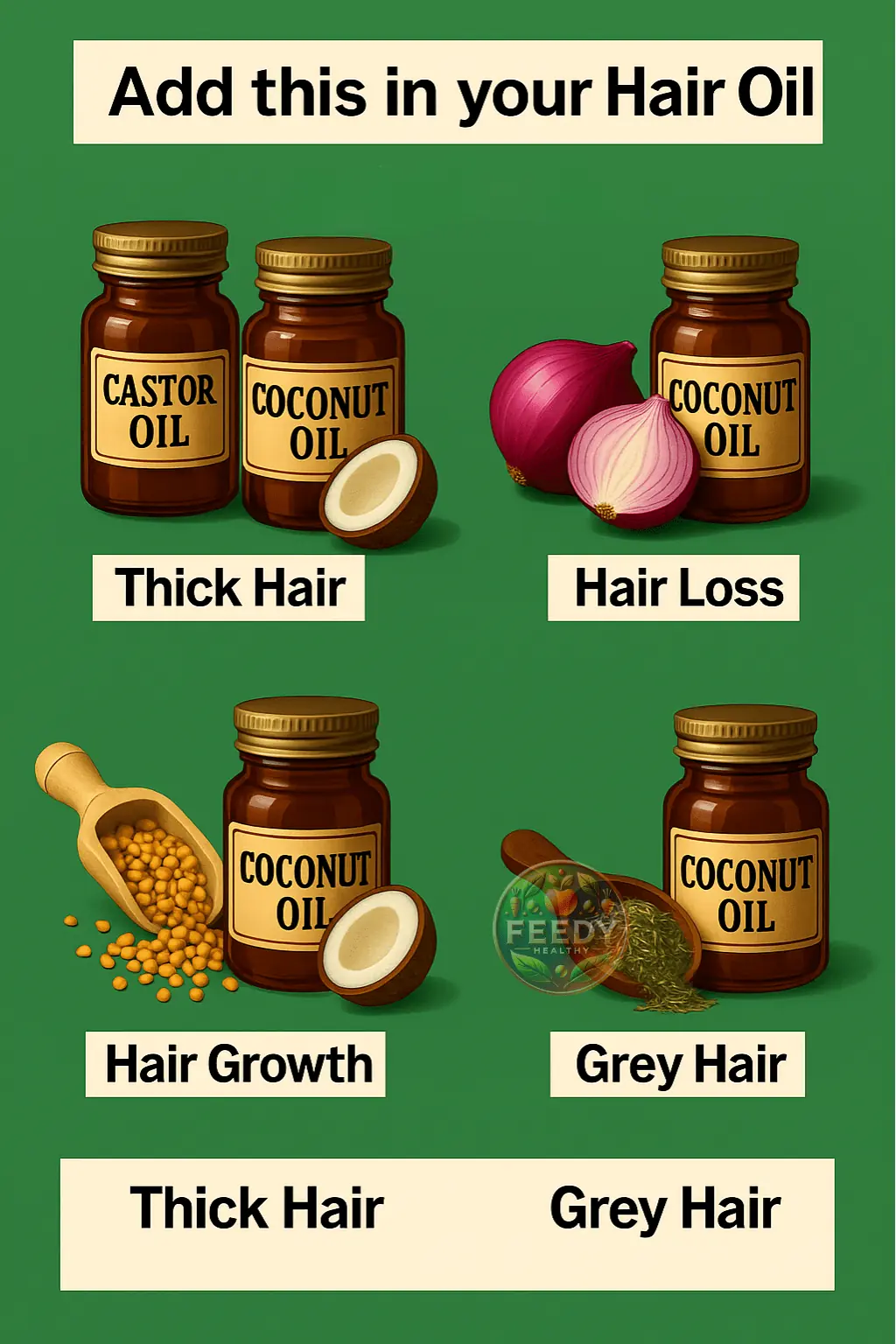
Coconut Oil for Hair Growth – Add this in your Hair Oil

My Mother-in-Law Secretly Crashed Our Anniversary Trip to Ruin It—I Made Sure She Regretted It.

The Dinner That Changed Everything: Protecting Lily’s Innocence.

Arrogant Passenger Reclined His Seat in My Face – And I Gave Him a Comeback That Made Him Back Off Quickly.

My Father Told Me to Shower with Cold Water Using the Soap He Gave Me – And When My Boyfriend Entered My Bathroom, He Burst into Tears.

Embracing Longevity with Lemon Tea
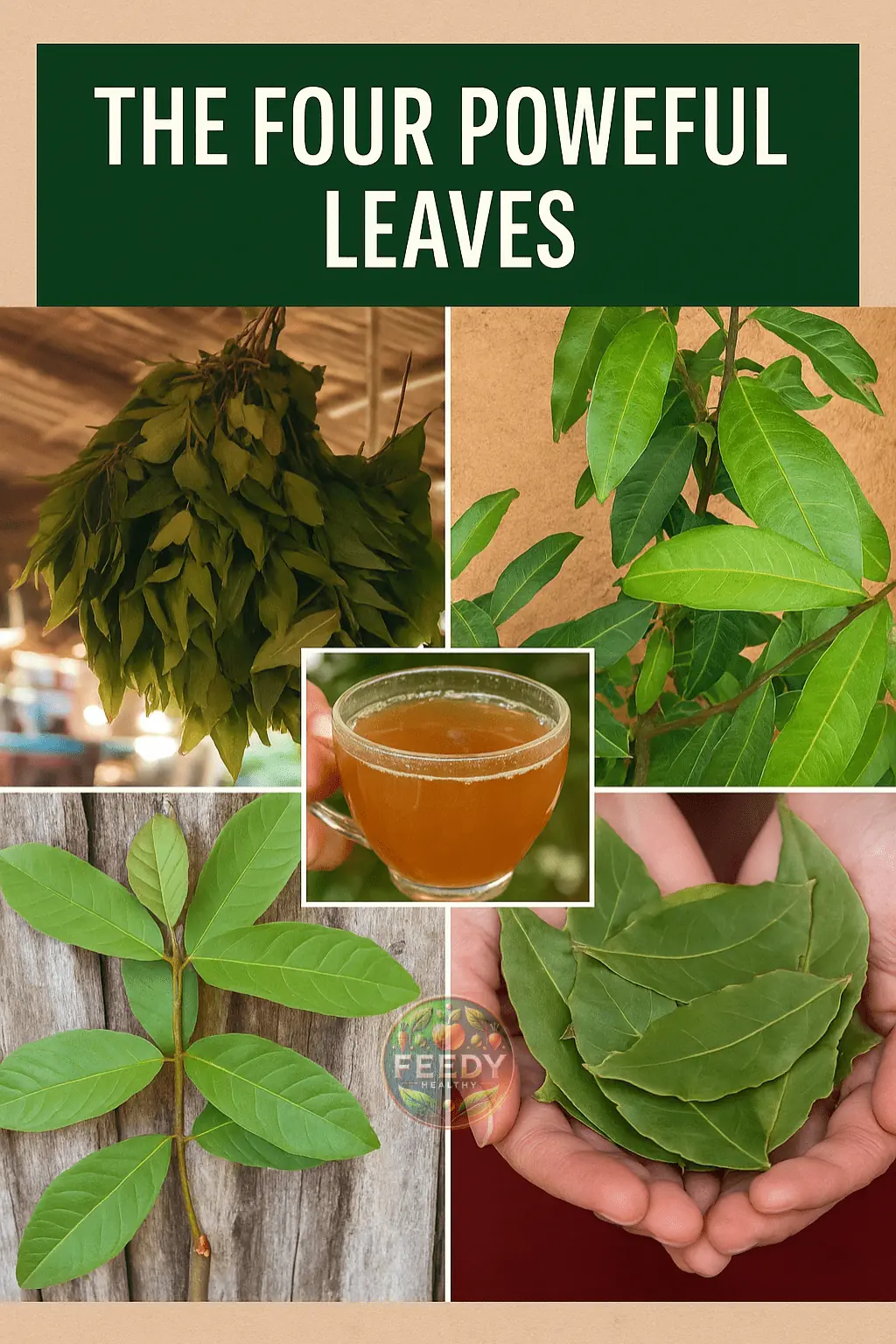
The Four Powerful Leaves That Naturally Support Diabetes, Cancer, Fatty Liver, Poor Circulation, and High Blood Pressure – No Pills Needed
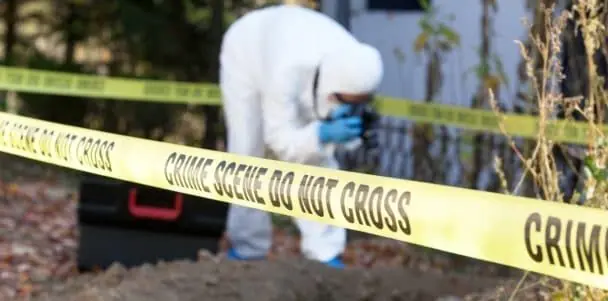
Growing Panic In New England As Another Body Surfaces — Police Address Serial Killer Concerns

2-Ingredient Banana Bread (No Oven, No Kneading!)
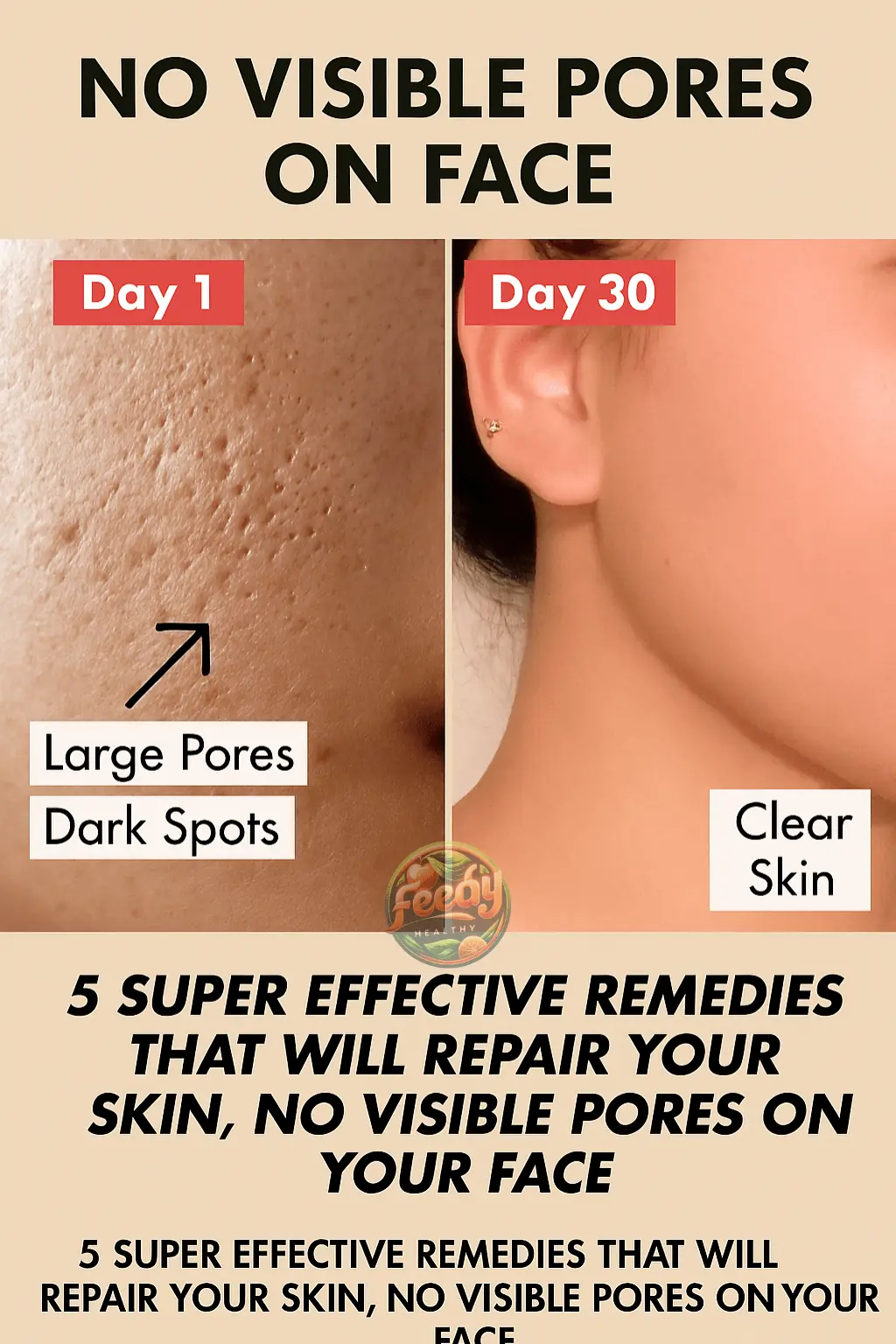
Top 5 Ways To Get Rid Of Large Pores Naturally

THIS SIMPLE TRICK COULD CHANGE YOUR LIFE — MIXING CHARCOAL AND LEMON
